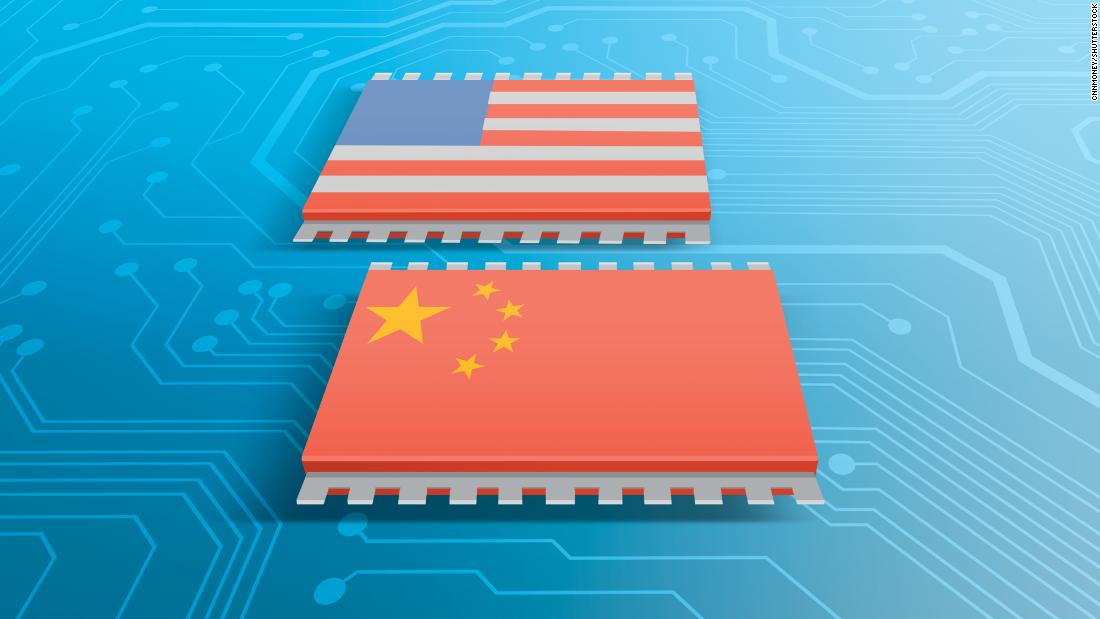
The confrontation between the United States and China is a threat to the globalization of the Internet.
Just as vultures fly in circles above their prey, the tariff escalation between the United States and China masqueraded as the battlefield for the two world powers, until Washington revealed its cards and exposed its real prey: the technological race.
During the last World Economic Forum meeting, executives warned of the risk that the technological war between Washington and Beijing—which was more or less surreptitious then—would eliminate the globalization of the Internet. They also warned of the possible threat that the confrontation between the two world powers could end up creating mutually incompatible technological systems, forcing the rest of the world—Europe, Africa …—to side with one of the two systems. What then seemed distant and unlikely, today is one step closer to becoming a new technological Iron Curtain, except that China is not Russia.
The inclusion of Huawei in the banned entities list—meaning that American companies must get specific government approval before doing business with them—constitutes a serious global threat. It is indeed a threat to value chains, which are so interconnected that the current U.S. administration has given companies a three-month deadline to find alternative suppliers to Huawei. It is also a threat to the development of technology and 5G mobile networks, which experts agree will change the framework of the economic model. It is a threat to global communication fostered by the development of the Internet a few decades ago. Huawei has announced that they are going to speed up the implementation of their own operating system, which will not be quick or easy, but may increase the size of that new Iron Curtain. Moreover, Beijing has a powerful weapon to enable the penetration of that alternative Internet: the infrastructure network and financing associated with the new Silk Road.
This Wednesday, those who hoped the United States and China would avoid a total trade war that would entail raising tariffs on all their commercial transactions and make a deal in the framework of the G20 summit in Japan at the end of June—in line with the truce signed in Buenos Aires last November—have less grounds for optimism. The world economy may as well start doing the math of how much that new scenario will cost.
The strategy comes at a price for the U.S. and Donald Trump. If the threat materializes, American consumers—whose expenditures represent a third of the country’s GDP—will end up having to pay another $140 billion because of higher prices of products, according to calculations by Bank of America, which virtually eats up the tax cut approved by the government last year. This is a risk for the person seeking re-election next year.

Leave a Reply
You must be logged in to post a comment.